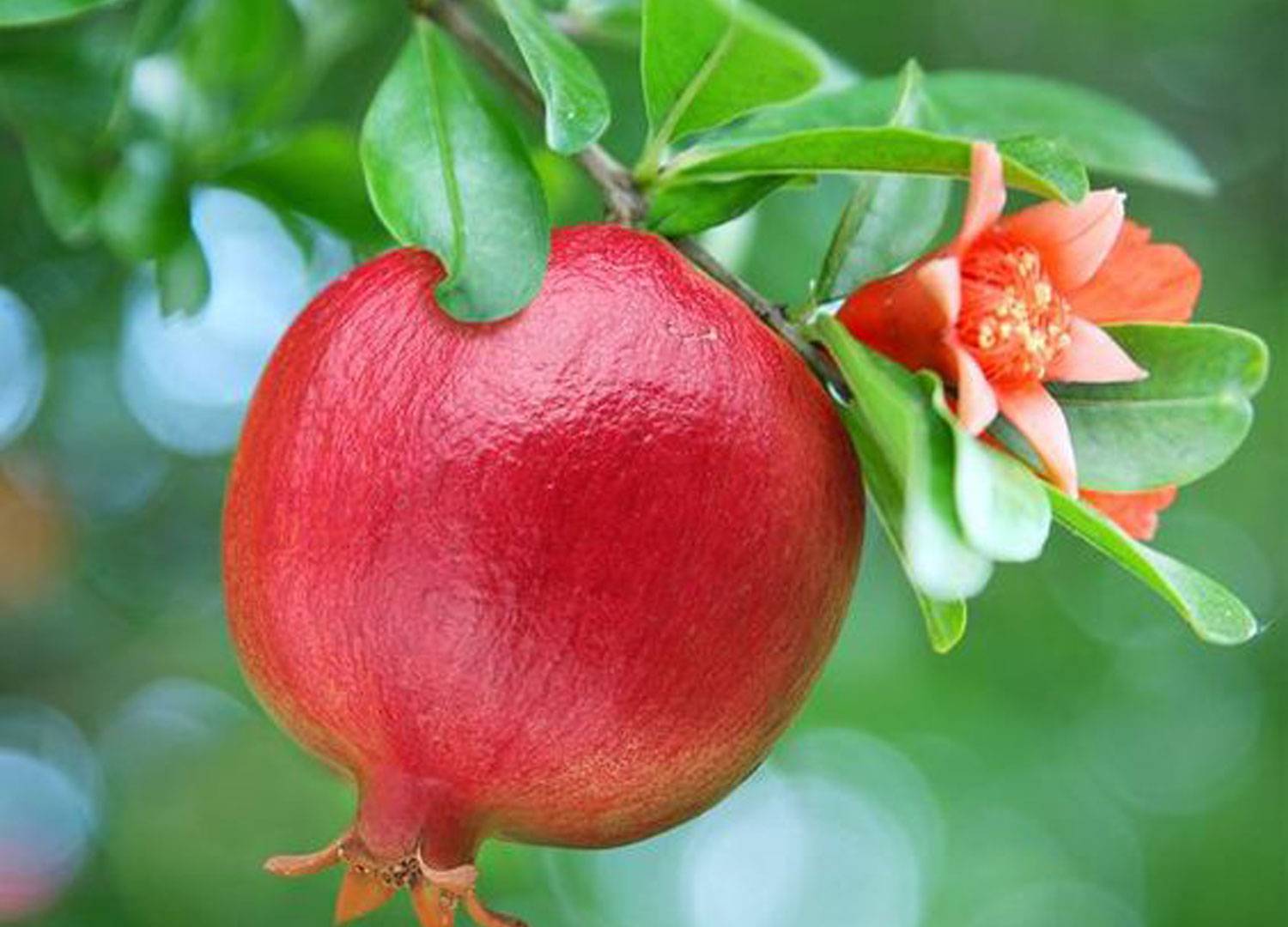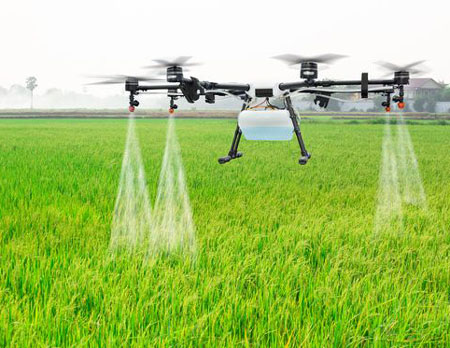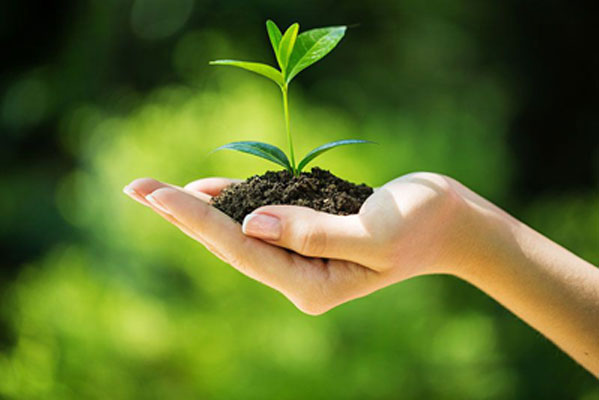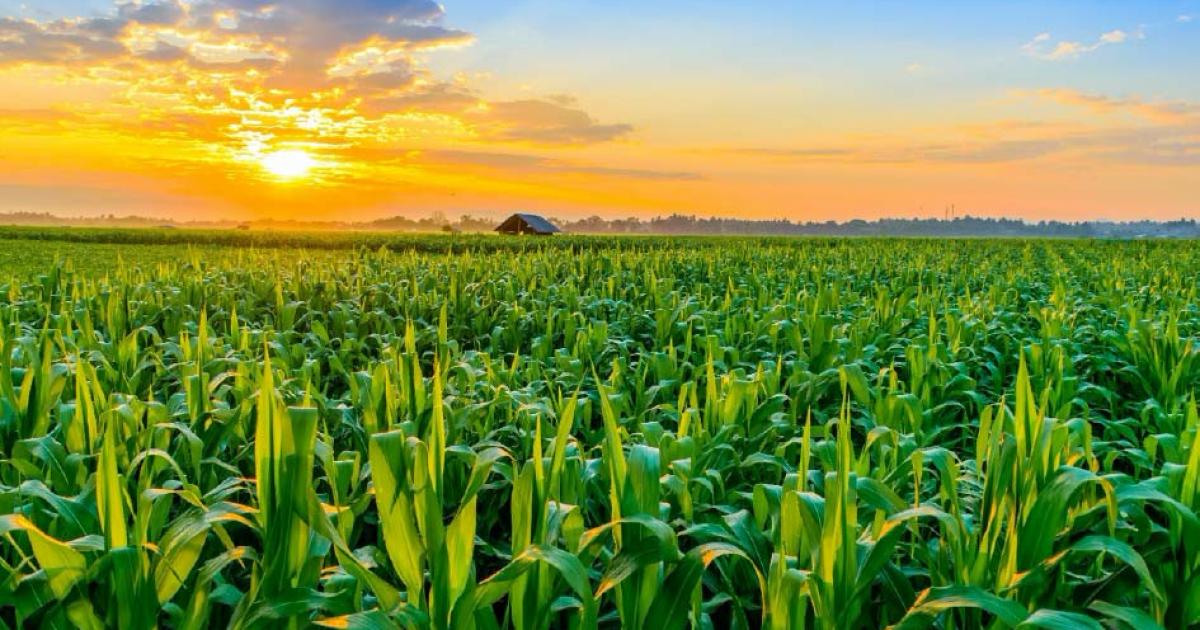Crops
Pomegranate

Pomegranate
Pomegranate (Punica granatum) is believed to have originated in the region spanning modern-day Iran and northern India. Cultivated since ancient times, pomegranates were prized by ancient civilizations in the Middle East, Egypt, and Greece for their sweet, juicy seeds and medicinal properties. The fruit spread across the Mediterranean and into Europe, eventually becoming popular worldwide.
Global Area and Production
Pomegranates are grown on approximately 450,000 hectares globally. Major producers include India, Iran, China, and the United States. India is the largest producer of pomegranates, contributing significantly to the global supply. The country's favorable climate supports extensive cultivation of this nutrient-rich fruit.
Uses of Pomegranate
- Culinary: Pomegranates are enjoyed fresh, as well as in processed forms such as juice, syrup, and culinary sauces. The seeds, known as arils, are used in salads, desserts, and as garnishes.
- Nutritional Value: Pomegranates are rich in antioxidants, vitamins (especially vitamin C), and minerals (such as potassium). They are known for their potential health benefits, including anti-inflammatory properties and support for heart health.
- Medicinal Uses: Traditionally, pomegranates have been used in various cultures for their medicinal properties, including their potential to aid in digestion, reduce inflammation, and support cardiovascular health.
Pomegranate Cultivation in India
Major Growing Areas
In India, pomegranates are primarily cultivated in the states of Maharashtra, Karnataka, Gujarat, Tamil Nadu, and Andhra Pradesh. Maharashtra is the leading producer, with the region’s climate and soil conditions supporting high-quality pomegranate cultivation.
Climate Requirements
- Temperature: Pomegranates thrive in a subtropical to tropical climate with temperatures ranging from 18-30°C. They are relatively hardy but perform best with moderate temperatures and can withstand some drought.
- Rainfall: Pomegranates require moderate rainfall, typically between 500-1,000 mm annually. While they can tolerate dry conditions, consistent moisture is beneficial for fruit development.
Soil Requirements
Pomegranates grow best in well-drained, loamy or sandy loam soils rich in organic matter. The ideal soil pH for pomegranate cultivation is between 6.0 and 7.5. Proper soil drainage is crucial to prevent root diseases and ensure healthy plant growth.
Blog
Explore Our Blog
About Us
Welcome to Agriplaza
Welcome to Agriplaza. India's first and only comprehensive digital platform dedicated to agriculture and farmers. Explore widest range of related data our figures speaks a lot.
634726
Visitors
239
Diseases
131
Pests




